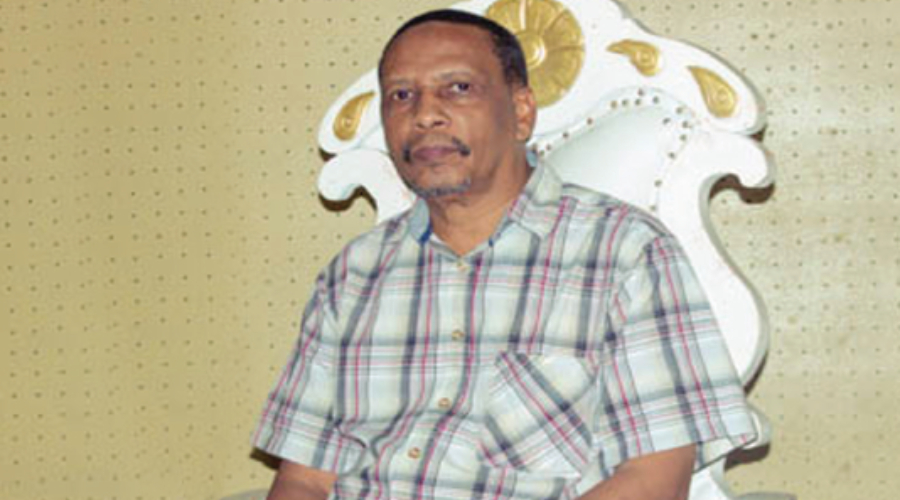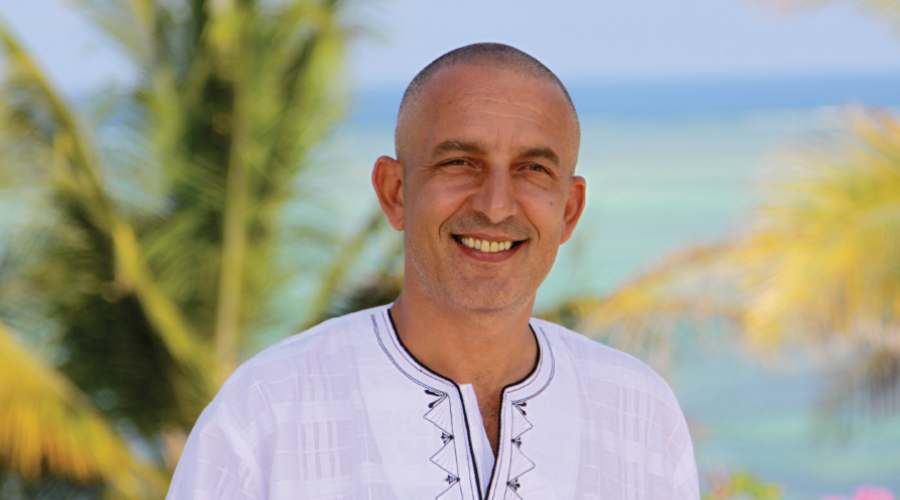It is difficult to dissociate a music genre from an influence by another music genre. What characterizes though the uniqueness of music and consequently termed as indigenous is the extent of the local culture’s contribution. This is the case for TAARAB which is the dominant coastal music that has now spread all over East Arica and beyond borders.
Taarab was introduced first in Zanzibar during the colonial period by then the Sultan of Zanzibar Seyyid Barghash bin Said (ruled Zanzibar from1870 to 1888) when he brought in a music group from Egypt to perform at his palace, Beit el Ajab.
During that time the leading instrument was the qanun and intentionally the Sultan sent one Mohamed Ibrahim to Egypt to learn music and particular how to play the qanun. When this man returned he formed Zanzibar Taarab Orchestra.
Other instruments used at that time included oud (lute), dumbak (From the Middle East), tabla from India, violins, ney (flute), accordion, cello, percussions, pair of ‘cherewa’ (coconut-shell maracas), pair of ‘mkwasa’ (sticks beaten together or on a table), riqq (a kind of tambourine), darabukka (drum) and Taishkoto from Japan. Taarab music has been influenced not only by Arabic art but also Indian, African and Swahili cultures. This music is now enriched with traditional Swahili dances like Chakacha and Msewe as well as Cuban rumba, Samba, kidumbak, Somali beats and other African rhythms. Taarab is a hybrid music.
The music was called ‘taarab’, this being an Arabic word meaning ‘enjoying with music’. Taarab can be sung in various maqams like Ajam, Nahuant, Nawathar, Hijaz, Kurdi, Rast, Bhayati, Sika and Saba.
The famous Nadi Ibnaul Watan Li Jum-iyat, simply Nadi Ikhwan Safaa Musical Club, was formed in 1905 and is thriving till today.
Taarab music came to more light in the country in 1928 when arguably the first taarab star emerged. This is Sitti bint Saad whose contribution to taarab music is very much respected. Ikhwan Safaa (or Malindi) and Culture Musical Club, the later formed in 1958, are still the main prominent taarab music groups in Zanzibar. Taarab spread upto Somalia where Asha Abdow Saleebaan (popularly known as Malika) was prominent. In Kenya at Mombasa, Juma Bhalo and Zuhura Swalehe are famous.
In Tanga taarab groups were formed like Young Novelty, Rah till Fad, Shaba el Witan and later Black Star, Lucky Star and Golden Star. In Dar es salaam groups formed are like Egyptian, Al Hawai and Al Watan.
Later Taarab musical groups were formed upcountry like at Moshi, Arusha, Dodoma, Kondoa Mbeya, Mwanza, Bukoba, even in the neighboring country of Burundi.
Apparently, there came a turning moment when taarab musical groups were started using the word ‘modern’.
These are called ‘modern Taarab’ groups.
There emerged modern taarab bands such as East African Melody Modern Taarab, Zanzibar Stars Modern Taarab, Five Stars Modern Taarab, TOT Modern Taarab, Jahazi Modern Taarab, Mashauzi Classic Modern Taarb, Ogopa Kopa Modern Taarab, and others.
Even in Zanzibar itself there are groups like Stone Town Modern Taarab, JKU (or Diamond Modern Taarab), Sanaa Modern Taarab, New Zanzibar Stars, Island Modern Taarab, Safina Modern Taarab, Big Star Modern Taarab and Magereza Modern Taarab. The original idea was to use modern instruments in playing taarab music but this was distorted and many picked up the notion that modern taarab means a new taarab style.
This resulted in many groups abandoning the original taarab music and transform this into dance style of music. From 1995 the taarab music was termed ‘Rusha Roho’ and now this has gone to the extent of even calling it ‘tara-dance’ and even so the called ‘Singeli’. ‘Rusha Roho’ is characterized by so called ‘mipasho’ (meaning insulting poems).
Rusha Roho style employs the use of Western scales or Arabic maqams which do not have quartertones, the later not being able to be produced by the keyboard which is the main instrument in this ‘modern taarab’. As it means in Kiswahili, ‘Rusha Roho’ also meaning ‘throw away someone’s soul’ is characterized by ‘kutunza’ (going to reward the singer by giving money in a flamboyant manner) either if the song has ‘touched’ her or simply to ‘throw away someone’s heart’.
Also, during the shows most women like to draw attention of the way they dress, wanting to look their best, wearing expensive jewellery and fashionable hair-do’s, as part of the ‘rusha roho’.
The aim of calling taarab music as ‘modern’ is to modernize the instruments and not to modernize the music: to use modern instruments like beat machine, electric guitars and keyboards.
One of the pillars of taarab music who steered the music to popularity is Eng. Abdullah Fereshi who was instrumental in the thriving of East African Melody Taarab Group by being the first person to take the band to the interior of Mainland Tanzania and also being their caretaker during the band’s prime.
He is also the founder of Zanzibar Stars Modern Taarab. Even before that, he was the promoter of Alwatan Musical Club at its final stages, as well as rekindled the prominence of Babloom Modern Taarab before splitting with the owner, Seif Kisauji.
He also groomed a lot of Taarab musicians including the self proclaimed Professor Mzee Yusuf.
Dar es salaam Modern Taarab (popularly called DarModern Taarab) was formed in 2005 by Eng. Abdullah Fereshi, now retired TANESCO Senior Manager of Transmission. It is based at Ifunda Street, Magomeni Mikumi, Dar es salaam. This group has been trying successfully not to waver into the trend of transforming taarab music to dance music, as can be realized from their releases.
Their song ‘Gharika ya Moyo’, popularly known as ‘Pembe la Ng’ombe’ is arguably regarded as the best taarab seller in the country. Other hits include Safari ya Huba, Ndugu wa Mume and Mmbirimbi, to mention a few.
The Group also composes educational as well as socio-economic songs like ‘Wacha Kukamata Albino’, ‘Jinsi ya Kutumia Umeme Vizuri’,’Kujiajiri’, ‘Hongera ITV na Radio’ One’, ‘Changia Damu’ and ’Ujasiriamali’.
Prominent singers with DarModern Taarab Group include Sikudhani Ally and Hassan Vocha. Poems creating lyrics for songs are basically composed in the group itself, using more or less tradiotional poetry rather than direct and clear lyrics as is done by most of the modern taarab music groups.
DarModern Taarab continues to uphold that the original taarab is kept on track to avoid getting sworn into other music dance styles, maintaining the very taarab melodies. The Group has built its own Hall for performing taarab shows and also letting for hire.
Whereas ‘Rusha Roho’ is a good platform for competition and does expand social and cultural interaction broadly, DarModern Taarab’s desire is to see that this does not deter the original taarab music and it is the belief of the Group that Taarab music is there to stay because taarab music has become part and parcel of many music lovers.




